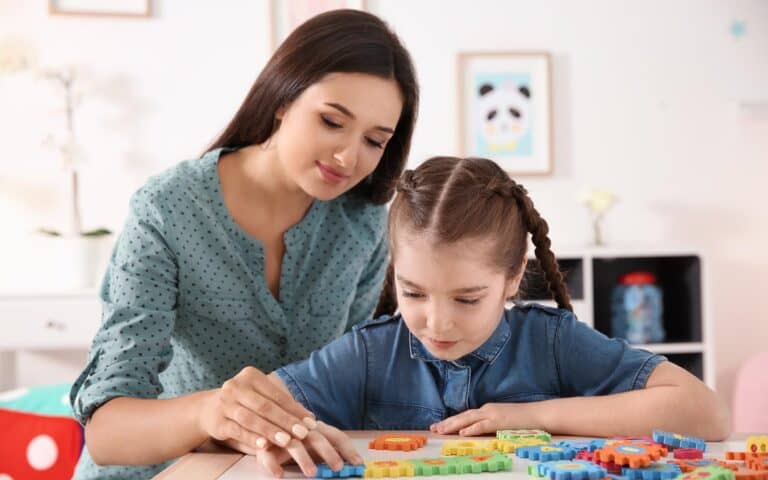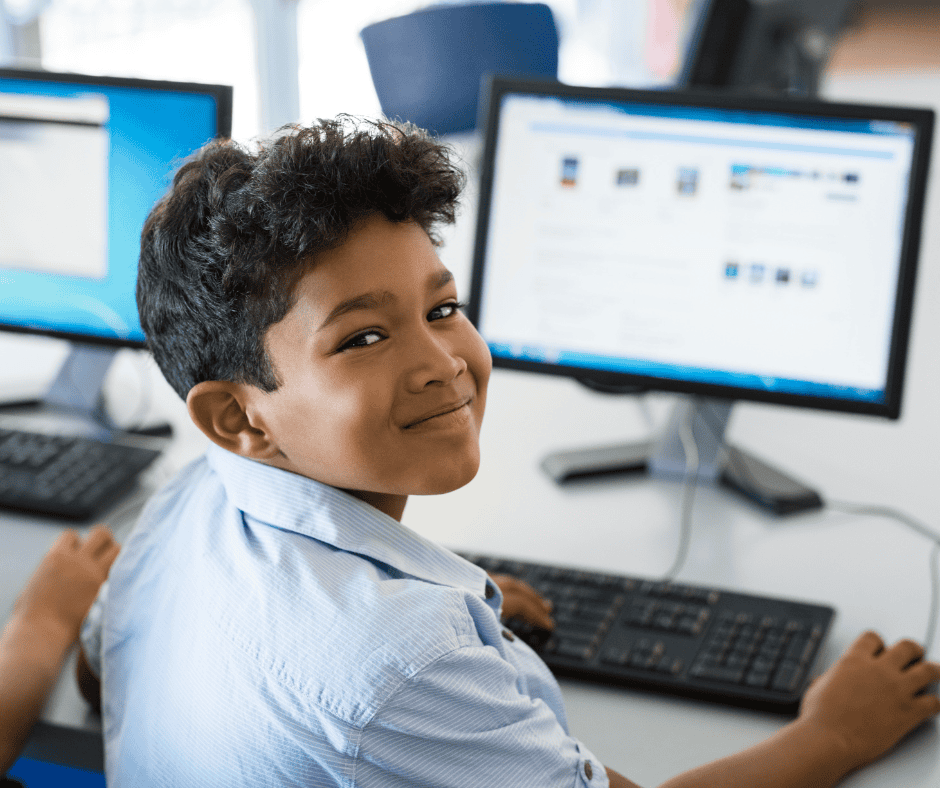Improving reading skills for individuals with unique learning needs involves tailored approaches that enhance comprehension and engagement. By focusing on personalized strategies, educators and therapists can foster a supportive environment where each learner feels empowered. Implementing visual aids, multisensory techniques, and interactive learning tools can significantly boost retention and understanding. Encouraging frequent practice in a positive, patient setting further reinforces progress. Such holistic methods not only enhance reading abilities but also nurture confidence and motivation, laying a foundation for lifelong learning success.
Personalized Learning Plans
Tailoring Strategies to Each Learner Developing personalized learning plans involves a detailed assessment of each learner’s reading strengths, weaknesses, and individual learning styles. Educators and specialists collaborate closely to devise tailored strategies that address specific challenges while maximizing the student’s strengths.
These plans may include differentiated instruction techniques, such as adjusting reading materials to match the student’s reading level or providing alternative assessments that accommodate diverse learning preferences. Regular monitoring and adjustment of these plans ensure that they remain responsive to the student’s evolving needs, fostering a supportive and effective learning environment.
Creating Supportive Learning Environments
A supportive learning environment is essential for individuals with unique learning needs to thrive in their reading skills development. It involves creating a space where students feel safe, valued, and respected. Educators and peers play crucial roles in fostering inclusivity and understanding, which reduces anxiety and encourages engagement.
Strategies include promoting positive interactions, establishing clear expectations, and providing emotional support as needed. By cultivating a sense of belonging and mutual respect, this environment empowers students to take risks in their learning journey and build confidence in their reading abilities.
Harnessing the Power of Visual Aids
Visual aids are powerful tools in improving reading skills for individuals with unique learning needs. They enhance comprehension by providing additional context and reinforcing key concepts visually. Techniques such as using charts, diagrams, and graphic organizers help students organize information spatially, making complex ideas more accessible.
Color-coded systems and visual cues serve as memory aids, aiding retention and recall of information. Incorporating technology, such as interactive whiteboards or educational apps, further engages visual learners and promotes active participation. By integrating these visual elements into lessons, educators can cater to diverse learning styles effectively, supporting students in developing stronger reading skills through visual reinforcement.
Engaging Multisensory Techniques
Multisensory techniques engage multiple senses simultaneously to enhance reading skills. By integrating tactile, auditory, and kinesthetic experiences, educators can create richer learning experiences that cater to diverse learning preferences. Activities may involve tracing letters in sand for tactile learners, listening to audiobooks for auditory learners, or using movement-based exercises to reinforce phonics and fluency. These hands-on approaches not only deepen understanding but also improve retention and application of reading skills. Educators often customize these techniques based on individual needs, ensuring that each student receives the support necessary to succeed.
- Tactile Learning with Sand Tracing: Engaging tactile learners involves activities like tracing letters in sand, providing a hands-on approach that deepens understanding and retention through sensory interaction with learning materials.
- Auditory Engagement with Audiobooks: Audiobooks support auditory learners by offering content through sound, enhancing listening skills and comprehension in a format that aligns with their learning preferences and strengths.
- Kinesthetic Exercises for Phonics and Fluency: Incorporating movement-based exercises strengthens phonics and fluency skills, utilizing physical actions to reinforce learning and improve engagement among kinesthetic learners.
- Customized Approaches for Individual Needs: Tailoring multisensory techniques ensures each student’s learning needs are met, adapting strategies to accommodate diverse preferences and maximizing educational effectiveness through personalized support.
- Creating Inclusive Learning Environments: Multisensory integration fosters inclusive classrooms, accommodating various learning styles and promoting a supportive environment where every student can excel in developing essential reading skills.
Interactive Tools for Enhanced Learning
Interactive tools play a pivotal role in enhancing reading skills for individuals with unique learning needs. Educational apps, adaptive software, and online platforms provide interactive experiences that cater to different learning styles and abilities. These tools offer personalized learning pathways, allowing students to progress at their own pace while receiving immediate feedback and support.
Virtual simulations and interactive games make learning engaging and enjoyable, encouraging active participation and deeper comprehension. Access to audiobooks and text-to-speech tools supports auditory learners by providing alternative ways to access written content. By leveraging these interactive tools, educators empower students to build confidence and independence in their reading abilities, preparing them for academic success and lifelong learning.
Fostering Confidence in Learning
Fostering confidence in learning involves creating a supportive and encouraging atmosphere where students feel empowered to take risks and learn from their experiences. Recognizing and celebrating small victories and progress helps build self-esteem and motivation. Setting achievable goals and milestones provides students with clear markers of their success, encouraging them to strive for continuous improvement. Opportunities to showcase their reading skills through presentations or performances boost self-confidence and reinforce their sense of accomplishment.
Supportive Atmosphere
Creating a supportive atmosphere in the classroom involves fostering an environment where students feel safe to take risks and learn from their experiences without fear of judgment. Encouraging open communication and mutual respect among peers and educators establishes a foundation of trust, empowering students to explore new concepts and ideas confidently.
Celebrating Progress
Recognizing and celebrating small victories and milestones is essential for building students’ self-esteem and motivation. Acknowledging their efforts, whether it’s mastering a difficult passage or improving reading fluency, reinforces their sense of accomplishment and encourages them to continue striving for success. This positive reinforcement cultivates a positive learning mindset and a belief in their abilities to overcome challenges.
Clear Goals
Setting clear, achievable goals and milestones provides students with a roadmap for success in their reading journey. By breaking down larger objectives into manageable steps, educators help students see tangible progress and understand their learning trajectory. Clear goals not only motivate students but also foster a sense of purpose and direction, guiding them towards continuous improvement and academic success.
Showcasing Skills
Offering opportunities for students to showcase their reading skills through presentations or performances enhances their self-confidence and pride in their abilities. Publicly demonstrating their progress allows students to receive recognition for their hard work and dedication, reinforcing their belief in their capabilities. These experiences also foster communication skills and build resilience in facing challenges.
Positive Reinforcement
Providing positive reinforcement through specific praise and constructive feedback helps students develop a growth mindset. By focusing on their efforts and progress rather than just outcomes, educators empower students to view mistakes as learning opportunities and to persist in the face of setbacks. This approach builds resilience and encourages a lifelong love of learning.
Motivating Lifelong Learning Success
Motivating lifelong learning success involves instilling a love for reading and learning that extends beyond the classroom. Exposing students to diverse genres, topics, and formats encourages curiosity and exploration. Emphasizing the intrinsic value of reading for personal enjoyment and growth nurtures a lifelong habit of reading.
Equipping students with strategies and resources to independently pursue their interests fosters autonomy and self-directed learning. By cultivating a culture of continuous learning and intellectual curiosity, educators prepare students to thrive in a rapidly evolving world. Instilling a passion for learning empowers students to seek knowledge, expand their horizons, and adapt to new challenges throughout their lives, ensuring lifelong success in their reading and beyond.
Conclusion
Fostering brighter reading skills involves creating a nurturing environment where every learner can flourish. At Abbey NeuroPsychology Clinic, located at 366 S. California Avenue, Suite 14 Palo Alto, CA 94306, approach emphasizes personalized strategies and supportive atmospheres. By celebrating progress, setting clear goals, and offering opportunities for skill showcases, empower individuals to build confidence in their reading abilities. For more information on how to support your journey towards enhanced reading skills, contact us at 650-590-5743. Together, let’s illuminate the path to brighter reading outcomes.






